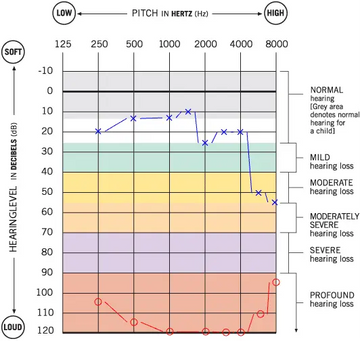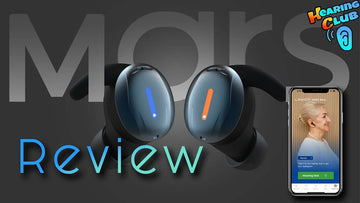LINNER Milestones

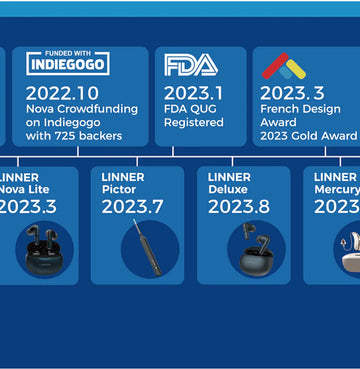


Hearing problems in parents: are they passed on to children?
Why do ready-made pharmacy drugs sometimes “not work” and how does compounding help?
What the link between chronic illness and mental health looks like
Simple Daily Habits That Protect Your Ears for Life
Video Reviews

Christopher Null
WIRED Review: Linner Mars
I DON’T THINK I’ve ever seen a hearing aid that looks quite like Linner’s Mars devices. Depending on your point of view, that’s either a good or bad thing.
Let’s start by getting the appearance out of the way. The Mars hearing aids are in-ear devices designed to look and feel like an earbud, and they make no effort trying to be discreet. Each aid is bright white with a strip of color across the outward-facing side—blue for left, orange for right—and these strips include a tiny LED that illuminates when charging and pairing via Bluetooth.
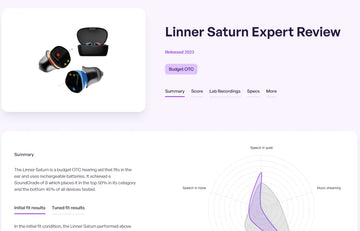
Saturn
The Linner Saturn is a budget OTC hearing aid that fits in the ear and uses rechargeable batteries. It achieved a SoundGrade of B which places it in the top 50% in its category and the bottom 45% of all devices tested.
In the initial fit condition, the Linner Saturn performed above average on speech in quiet, above average on speech in noise, below average on feedback handling, below average on occlusion results, and below average on music streaming quality. The overall fit score in the initial condition for the Linner Saturn was above average.
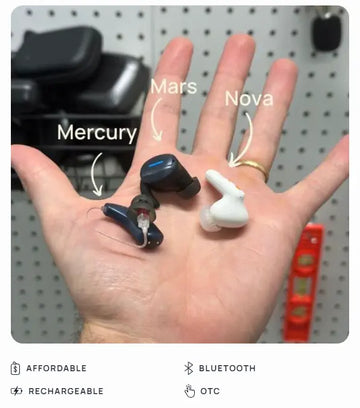
Linner Hearing Aids Review
Linner's offerings are among the most wallet-friendly on the market, though this affordability comes with compromises. The earbud-style Nova and Mars models, while innovative, are somewhat bulky for prolonged wear and resemble earbuds more than traditional hearing aids. This design might appeal to those seeking multifunctionality, yet many users may find them uncomfortable for extended use. Compare Linner Nova and Mars to AirPods Pro for streaming and amplified sound options.

Breaking Barriers: Hearing Aids and Social Connection in the Digital Age

What Chiropractors Do and How They Help Patients
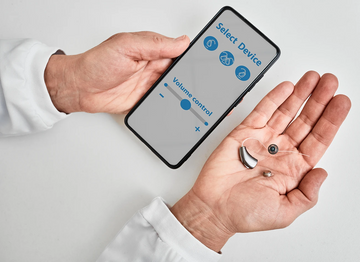
Hearing Aids and Smartphones: 8 Smart Connection Tips

Daily Health Clues You Can Spot Without a Doctor Visit
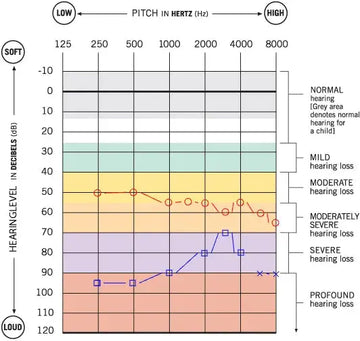
Chronic Otologic Challenges: Managing Hearing Loss and Cholesteatoma in a 71-Year-Old Patient
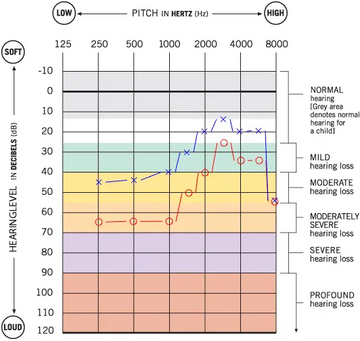
Managing Low-Frequency Hearing Loss in an Elderly Patient: A Case Study of Ms. Jarvis' Hearing Aid Journey
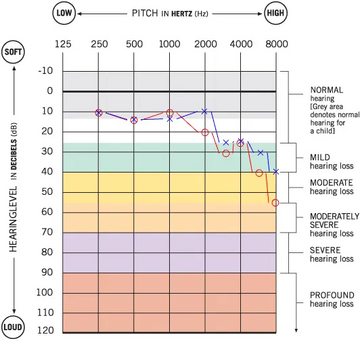
Navigating Single-Sided Deafness with Contralateral Hearing Loss and Hearing Aid: A Case Study of Mr. DennisBy: Ashley Tilahun, Au.D., CCC-A, FAAA
